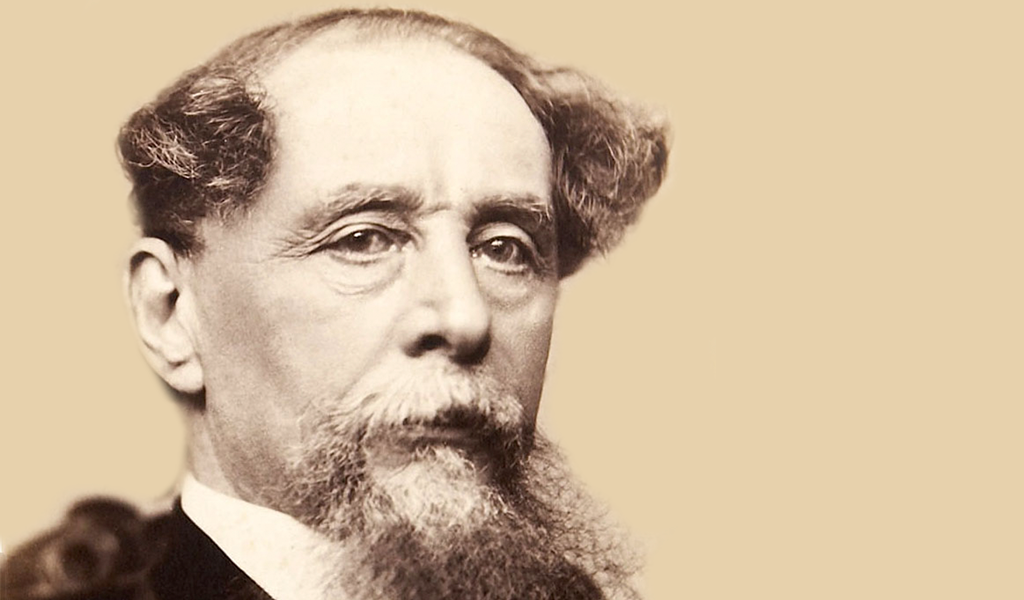Charles John Huffam Dickens was an English writer and social critic. He created some of the world’s best known fictional characters and is regarded by many as the greatest novelist of the Victorian era. Take a look below for 30 more interesting and fascinating facts about Charles Dickens.
1. His works had unprecedented popularity during his lifetime.
2. By the 20th century, critics and scholars had recognized him as a literary genius.
3. Born in Portsmouth, Dickens left school to work in a factory when his father was incarcerated in a debtors’ prison.
4. Despite his lack of formal education, he edited a weekly journal for 20 years, wrote 15 novels, 5 novellas, hundreds of short stories and non-fiction articles, lectured and performed readings extensively, was an indefatigable letter writer, and campaigned vigorously for children’s rights, education and other social reforms.
5. Dickens’ literary success began with the 1836 serial publication of The Pickwick Papers.
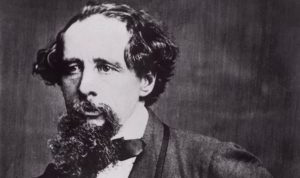
6. His novels, most published in monthly or weekly installments, pioneered the serial publication narrative fiction, which became the dominant Victorian mode for novel publication.
7. Cliffhanger endings in his serial publications kept readers in suspense.
8. The installment format allowed Dickens to evaluate his audience’s reaction, and he often modified his plot and character development based on such feedback.
9. His plots were carefully constructed, and he often wove elements from topical events into his narratives.
10. His 1843 novella, A Christmas Carol, remains popular and continues to inspire adaptions in every artistic genre.
11. Oliver Twist and Great Expectations are also frequently adapted, and, like many of his novels, evoke images of early Victorian London.
12. His 1859 novel, A Tale of Two Cities, set in London and Paris, is his best-known work of historical fiction.
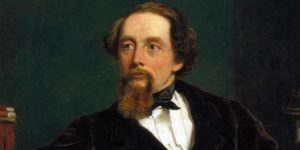
13. The term “Dickensian” is used to describe something that is reminiscent of Dickens and his writings, such as poor social conditions or comically repulsive characters.
14. Dickens had a tough childhood, which he chronicled heavily in David Copperfield. He said, “I had no advice, no counsel, no encouragement, no consolation, no assistance, no support, of any kind, from anyone, that I can call to mind.”
15. He suffered from epilepsy as a child but later grew out of the condition. He chronicled his sufferings through some of his characters, including Bradley Headstone from Out Mutual Friend and Edward Leeford from Oliver Twist.
16. Dickens had a pet raven called Grip, which he had taxidermied and mounted when it died in 1841 from eating lead paint chips.
17. No matter where he lay, Dickens always made sure to sleep with his head pointing north as he believed it improved his writing.
18. The only novel by Dickens that includes the word “kangaroo” is David Copperfield and the only novel by Dickens that mentions “beetroot” is Martin Chuzzlewit.
19. Dickens is credited by the Oxford English Dictionary with introducing 247 new words and usages into the language, including “butter-fingers,” “fluffiness” and the verb “to manslaughter.”
20. He was fond of nicknames and imbued all of his children with them such as, “Chickenstalker” and “Skittles.”
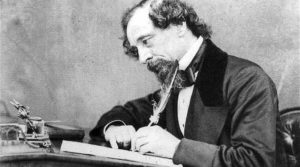
21. He was an amateur magician, very afraid of bats and an insomniac.
22. Dickens had a Bond-esque secret door in his study which was disguised as a bookcase filled with fake books.
23. He had more than a passing interesting in the paranormal and was an active member of The Ghost Club.
24. Dickens liked to blow his own trumpet, referring to himself quite matter-of-factually as “The Sparkler of Albion.”
25. After having ten children together, Charles Dickens and Catherine Hogarth decided they weren’t right for each other, and separated in 1858; Dickens stated that it was because she was becoming “fat and boring.” He then met a young actress named Ellen Ternan, who was the same age as his younger daughter, Kate.
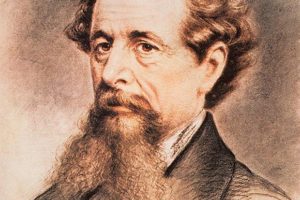
26. He had a favorite letter opener that was made from the claw of his favorite cat, Bob.
27. He preferred to touch things 3 times for luck and was a mild obsessive compulsive with regard to his hair and would often comb and preen it over 100 times every day.
28. Dickens appeared on the British 10 pound note.
29. He died on June 9th, 1870. He suffered a strike after completing a full day’s work on his novel, Edwin Drood. He was buried in Poet’s Corner of Westminster Abbey.
30. In 1865, Dickens was involved in the Staplehurst Rail Crash. His was the only first class carriage to avoid running off the tracks. Dickens helped many of the wounded passengers before rescuers arrived.

